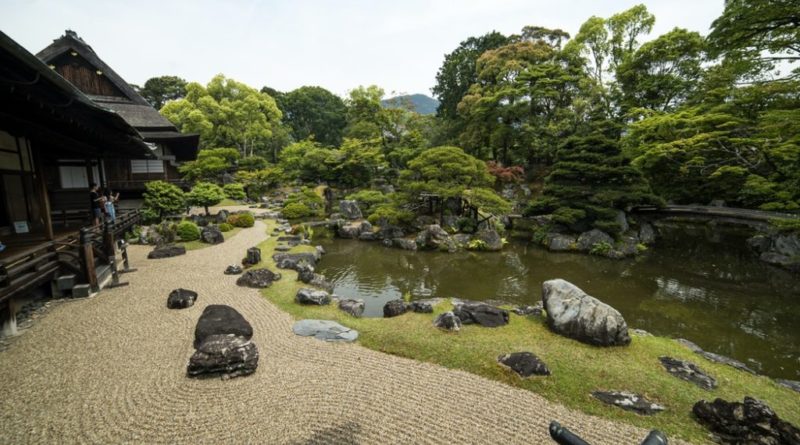AGRICULTURE: What is a Japanese zen garden and how do they promote mindfulness?
.
.
Some people see gardening as a way to connect with nature. And while most gardens promote that connection, Japanese gardens are seen as spaces that create a sense of peace, harmony, and tranquility. These also foster mindfulness and being present in the moment.
There are several types of Japanese gardens, including sand and stone gardens. People commonly refer to these as zen gardens because they’re usually found in the courtyards of zen temples. These gardens are called “karesansui gardens”, which means dry mountain water.
Experts agree that zen gardens are one of the easiest kinds of Japanese gardens to create at home. This is because zen gardens promote a meditational feeling and focus mostly on rock arrangements using stone and gravel.
.

A part of Japanese gardening is also using what’s available or native to an area.
Zen gardens are typically small, enclosed, and are created with natural materials. The garden is low-maintenance because it’s typically devoid of plants except for a small tree, fern, or shrub.
This type of garden also doesn’t include decorations, pots, or planters to shift the viewer’s cluttered mind into a state of focus since it encourages people to be present at the moment and experience stillness as opposed to the typical garden that stimulates the senses.
Gardeners who are looking for a minimalist installation that could help them connect with nature can try setting up a Japanese zen garden in their space. All it takes is several natural elements and a few plants.
.











